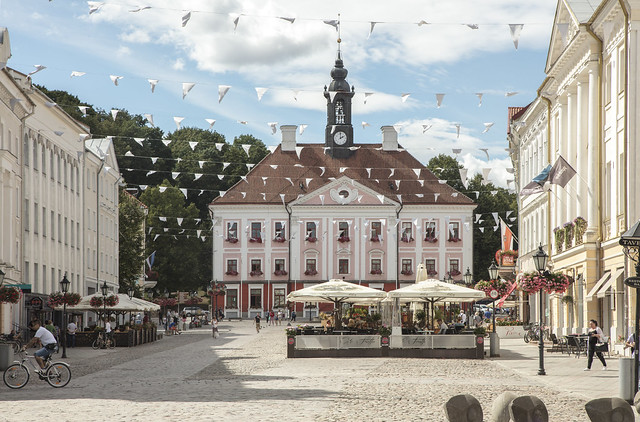The Buzz
What's new in touring

Destination Estonia: An exception to the rule
The first thing that comes to mind about Estonia is the infinitely charming medieval Old Town in Tallinn, the country’s capital city. The cobblestone streets and medieval buildings are a whole world away from what you can expect from, say, Helsinki, Stockholm, Oslo, or Copenhagen. Each of these four cities are beautiful and have their own, unique characteristics that separate them from each other, but they are also distinctly Nordic, modern and, in a sense, Western (although Helsinki clearly has Eastern influences). Tallinn, on the other hand, feels distinctly Eastern, its architecture reminding the visitor of other beautiful Eastern European old towns, such as those of Prague, Krakow, or Riga (and outside of the Old Town, you can feel the history under Soviet and Russian oozing out of the buildings themselves). And yet, a short ferry ride can take you from the West to this historic Eastern beauty. Through its history, culture, and location, Estonia connects Eastern Europe, Central Europe, and Scandinavia, making it an essential addition to your Nordic itinerary.
Cost
Another aspect that makes Estonia a very different creature to most of the Nordic destinations, is the cost related to travelling to and within the country. In comparison to its Scandinavian cousins, Estonia is an extremely affordable destination.
Food
The food culture is heavily influenced by Russian, Scandinavian, German as well French kitchens (in that order!). Like the Finns, Estonians love their dark rye bread, although it has a distinctly different taste to the traditional Finnish ones. Estonians also love to pickle everything, from fish to mushrooms and everything else. Of course, expect to see a lot of smoked fish, pork (especially sausages), and potatoes on the menu, as well as lots of craft beer.
Estonia’s song and dance celebrations
Estonians are often referred to as the “singing nation” due to their mesmerising event, the Estonian Song Festival, held every five years in July at the Tallinn Song Festival Grounds. A choir of more than 30,000 singers, dressed in traditional clothing, perform to an audience of 80,000 viewers, making it an experience unlike anything you have come across before.
It is organised simultaneously with the Estonian Dance Festival and has been named as a “Masterpiece of the Oral and Intangible Heritage of Humanity” by UNESCO. The next one will be organised in 2019 and should be on the Must See list for anyone interested in authentic cultural experience within a foreign culture.
